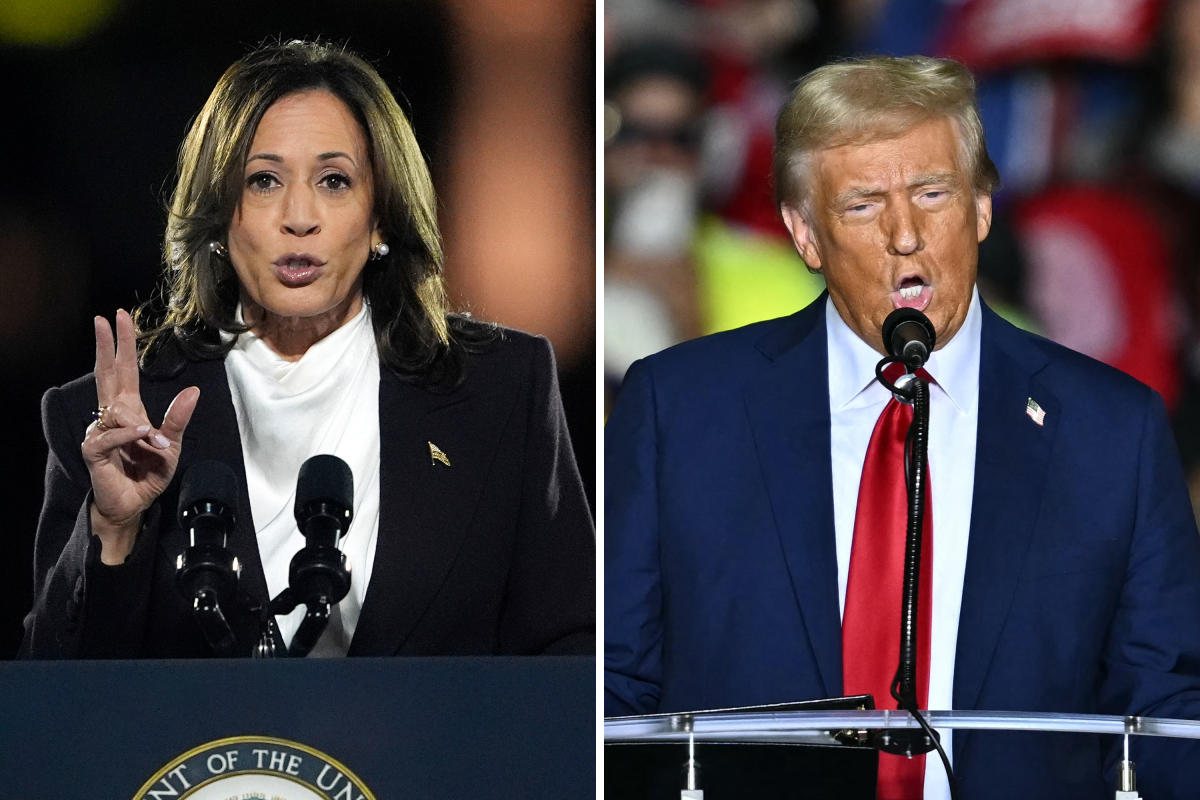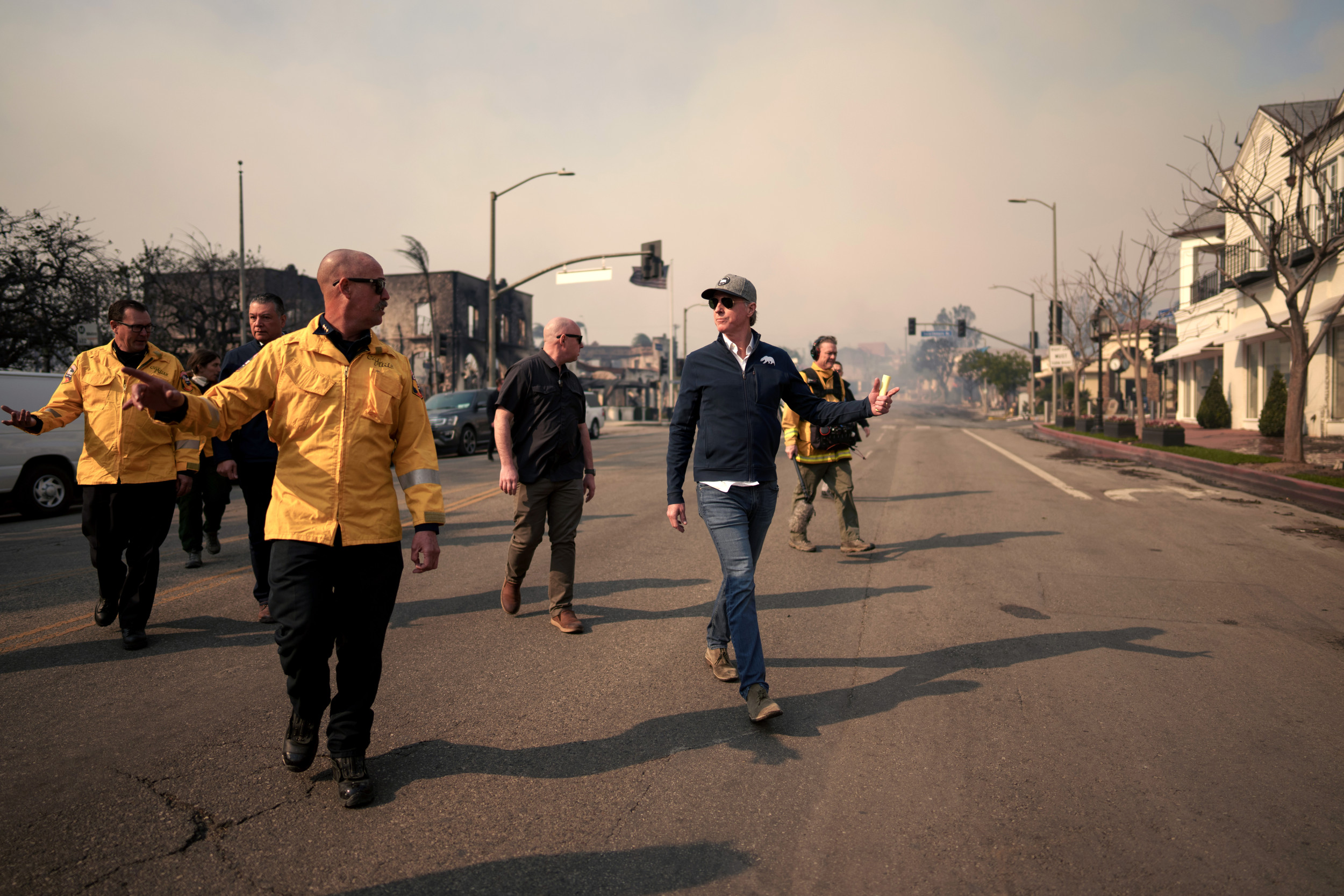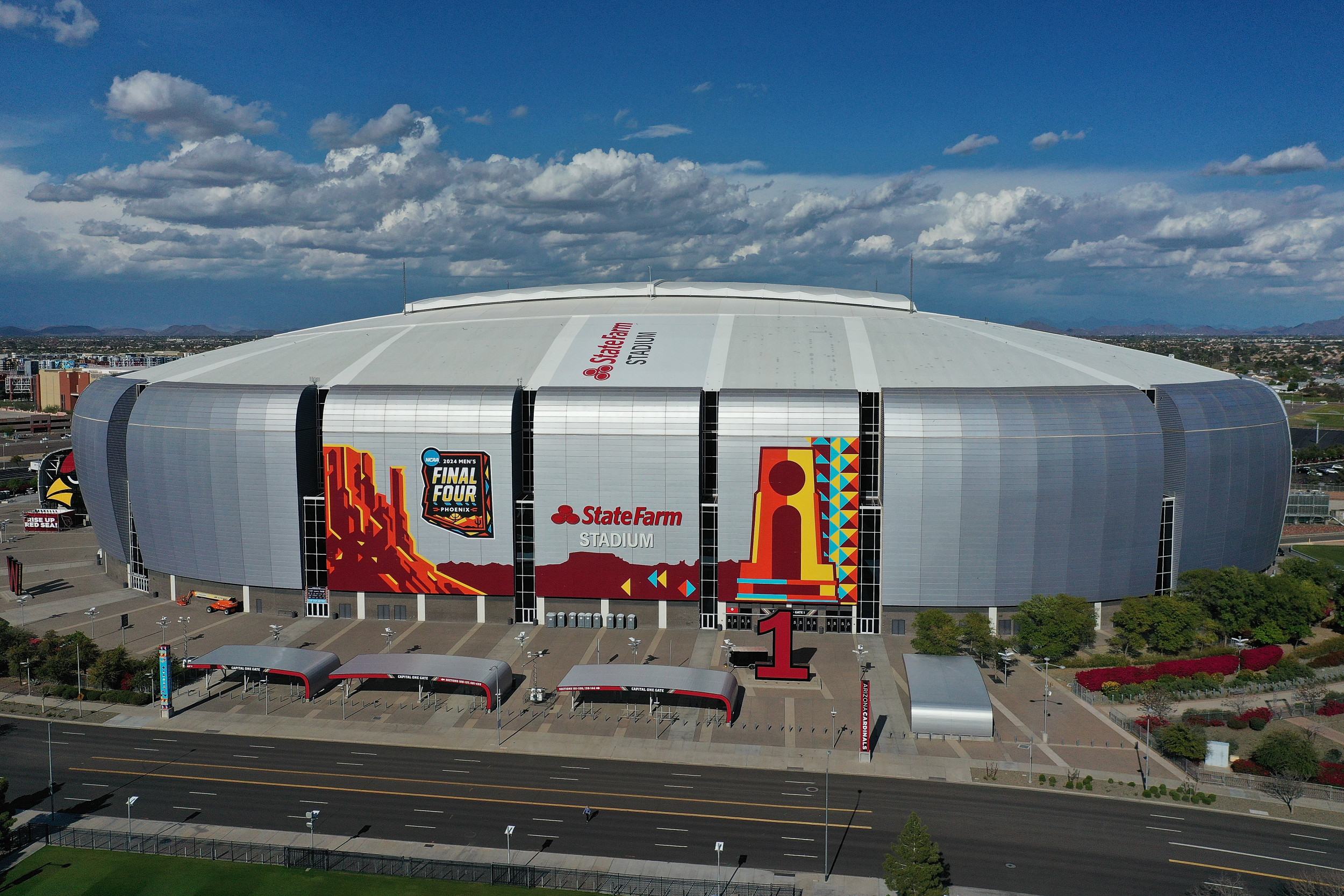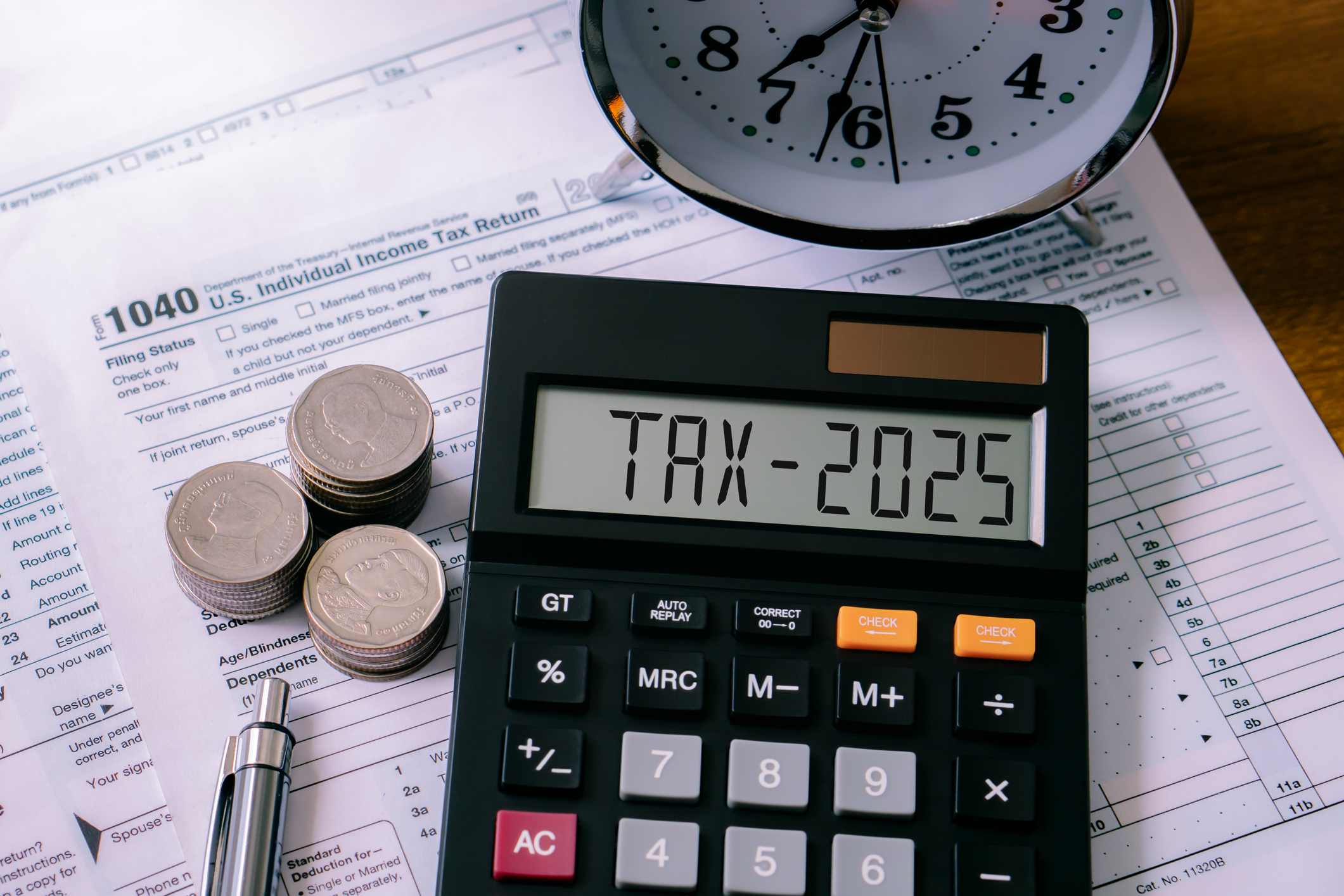The polls for the 2024 presidential election show an agonizingly tight race between Kamala Harris and Donald Trump, one that could swing either way, with little to split the two candidates across the seven battleground states that will likely determine the result.
But since 2016, when the Republican nominee Trump delivered a surprise victory over the Democratic nominee Hillary Clinton, a result not widely or clearly anticipated in national polls, the polling industry has come under close scrutiny for its accuracy.
Similar issues in subsequent years, such as the overestimating of support for President Joe Biden over Trump in the 2020 election race, and underestimating the scale of the Democratic vote in some key 2022 midterm races, have kept the issue alive.
But polling companies have put in a lot of work to revise and refine their models, trying to recalibrate their assumptions to better capture representative samples of American voters, and so restore their statues as barometers of the nation's thoughts and feelings.
And that is a key point: Polls are supposed to take the temperature at a given moment, a snapshot in time rather than a nailed-on prediction of what is to come at a later date. Events happen, minds change, and so the results differ from what polling implied.
On November 1, 538—which takes a weighted average of polls, and models the results to give a probability-based forecast on who will triumph—says its simulations show Trump winning 53 times out of 100 against Harris's 47. Essentially, it's neck-and-neck.

Still, perhaps this is all illusory. There is a chance that the victor will come out with a much stronger-than-expected performance, a scenario some observers are saying is likely. And that would be a result foreshadowed by few of the country's pollsters.
With this in mind, Newsweek put the question to polling experts across the U.S.: Are we on course for another polling miss in the 2024 election? And where are the polls most at risk of miscalculation support for either candidate? Here's what they said.
Charles Franklin, Director, Marquette Law School Poll
We will find out next week if the polls were generally right or not this year. It is clear the polls and polling averages are pointing to a very close race in swing states and national popular vote. That contrasts to polls in 2016 and 2020 that showed larger democratic margins. So, at least this year the polls are saying we really don't know who's going to win because it is so close. We should not be surprised if Harris wins, and we should not be surprised if Trump wins. Both seem equally likely to win.
Mike Traugott, Research Professor Emeritus, Institute for Social Research, University of Michigan
The support for Kamala Harris and Donald Trump is pretty much baked in, with very few people left to persuade. So the outcome will depend on turnout and the ability of each side to get its supporters to the polls or a ballot in their hands.
This means that the accuracy of the polls will depend on their turnout models—how they estimate likely voters.
Furthermore, I would expect to see a very large gender gap in the support for the two candidates, maybe enough to sway the outcome to Harris. Looking at the national polls, for example, although most show the race to be very close, their internals show gender gaps of different sizes.
This is disconcerting in a number of ways—women are a majority of the electorate and vote at a higher rate than men—so this could explain any discrepancies between the final poll estimates (coming Sunday and Monday) and the actual vote outcome.
John Zogby, Senior Partner, John Zogby Strategies
I strongly feel that the battleground states polling was solid in 2016. They captured the downward trajectory of Clinton's support, enough to show that could be losing.
If we look only at the polling the day before and treat it as a "prediction" then pundits will fail, not pollsters. I think the polls are showing this is a tie for now.
We ought to be able to catch whether or not the damn breaks one way or the other by the weekend. Treat the polls as a series of still photos not as predictors.
Josh Clinton, Co-Director of the Vanderbilt Poll
Who knows. With equal probability, I think that the polls are going to be better because it may be a repeat of 2020, and pollsters have responded to the polling miss in 2020 to change how they adjust their results (which is why we see so many ties in the polls); that the polls will understate Trump even with the adjustments if new voters are breaking for Trump and not taking polls (like they did in 2020), or perhaps there is an understatement of Harris support because pollsters are adjusting to remove a Democrat/Harris lead in the raw data because they think a Harris lead is a problem with who responds rather than what the electorate will be.
Christopher Wlezien, Hogg Professor of Government, University of Texas at Austin
About whether we're on course for another polling miss, it's important to keep in mind that polls often get it wrong, for the presidential two-party share at the national level by 2-3 points on average at the very end of the campaign.
The numbers are larger as we step back from the election, not surprisingly. This is important to keep in mind when evaluating polls, particularly where margins are small and performance is evaluated based on getting the winner right, i.e., polls could get close to the final vote share and yet point to the incorrect winner.
And then there is the electoral college, which turns the spotlight on state polling, where errors have tended to be larger than what we see at the national level.
Now, if you're wondering whether we'll see above average errors this time, it's possible, of course, though my suspicion is that pollsters will do better than in 2020, as they have an incentive to and have made various changes to that end.
How much better, I don't know, as it's difficult to tell what exactly they are doing and with what effect, keeping in mind that it's not easy to know who will cast votes, even with substantial early voting, and get them to respond to surveys.
We don know that the decisions pollsters take when producing their estimates (can) matter a great deal for the reported poll results.
Are they better representing Trump voters who seemingly were missed in 2020? Have they, as some analysts have suggested, over-corrected? What about new voters? This all remains to be seen.
In the meantime, given history, don't be surprised if one candidate under- or over-performs the polls to some meaningful degree.
Courtney Kennedy, Vice President of Methods and Innovation, Pew Research Center
There are reasons for optimism about the accuracy of polls this year, and there are also reasons for pessimism.
If there is a polling miss, it won't be for lack of effort. My colleagues and I did a study finding that most national pollsters (61 percent) have changed their methods since 2016. That is, they changed either how they sample people, how they interview them, or both.
Compared to 2016, polls today are more likely to give people multiple ways of participating (e.g., online or by phone). This can help reach a more representative group of a people because no single approach works for everyone.
Also, the 2022 midterms saw generally accurate polling, despite a wave of partisan polls predicting a broad Republican victory. FiveThirtyEight found that "polls were more accurate in 2022 than in any cycle since at least 1998, with almost no bias toward either party."
But there are also reasons to be very cautious about pre-election polling this year. It's undeniable that both times Trump ran for president, most polls underestimated his support.
The fundamental reason appears to be that Trump supporters are less like to take polls than people who otherwise look like them (e.g., people with similar age, education, race, etc.). This pattern is not easily fixed by pollsters.
There are some things pollsters can do that we know help (e.g., give people an option to take the poll offline, make sure the weighting protocol has an adjustment to get the share of Republicans versus Democrats correct).
But these tactics may not be fully effective. We will not know until the votes are counted whether the changes pollsters have made were fully effective.
In recent cycles the risk of a polling miss has been particularly high in states like Wisconsin. One reason is that some pollsters sample from state voter files. In Wisconsin, data that gets appended to the voter file—data telling pollsters which voters are Republicans and which voters are Democrats—has a lot of error.
A recent study found that, "less than half of (registered voters) imputed to be of a certain partisanship in Wisconsin self-identify with the imputed partisanship, and only a third of those that were thought to be Republicans in the voter file self-identified as Republicans when interviewed.
In fact, nearly 50 percent of those who are thought to be Republican in the voter file report voting for President Biden—far higher than the support among likely Republicans in other states. Somewhat similar patterns occur in Minnesota and Michigan."
In terms of demographics, it is particularly hard for pollsters to get an accurate read on young adults. One reason is simple—sample sizes with young adults tend to be small (e.g., 100 to 200 interviews), which means that estimates will be fairly noisy.
Furthermore, younger adults are more likely to move residences and change their phone number, making it hard to have current contact information for them.




















 English (US) ·
English (US) ·